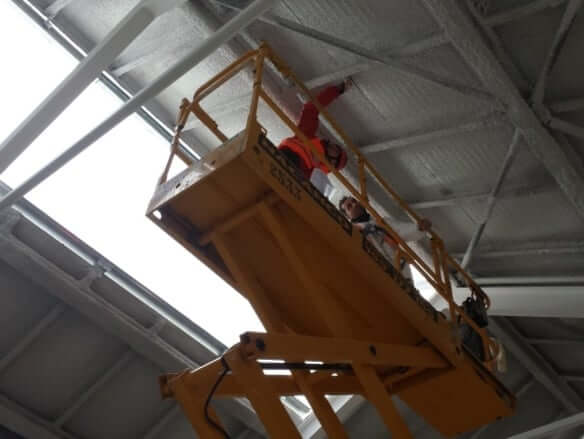
WHAT ASPECTS DO I HAVE TO CONSIDER FOR THE FIRE-PROTECTION OF STEEL STRUCTURES?
On reaching critical temperature, steel loses its mechanical properties leading to collapse and loss of its load-bearing capacity. Intumescent paints and fire-resistant plasters slow down the process of deformation, prolonging the integrity of the structure.

CRITICAL TEMPERATURE AND THE MASS FACTOR
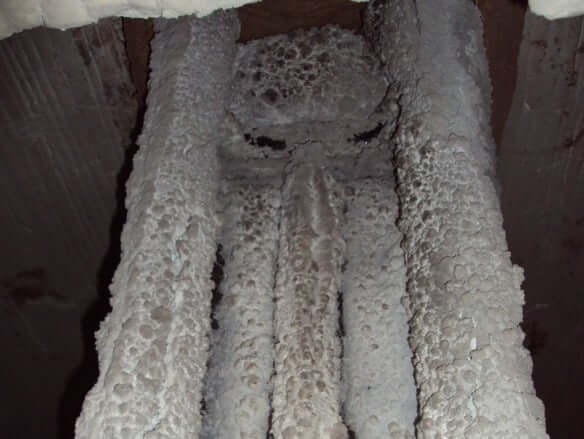
Amotherm brand reactive paints and varnishes undergo the rigorous testing prescribed by EU regulations to provide an unequivocal classification of their performance and effectiveness
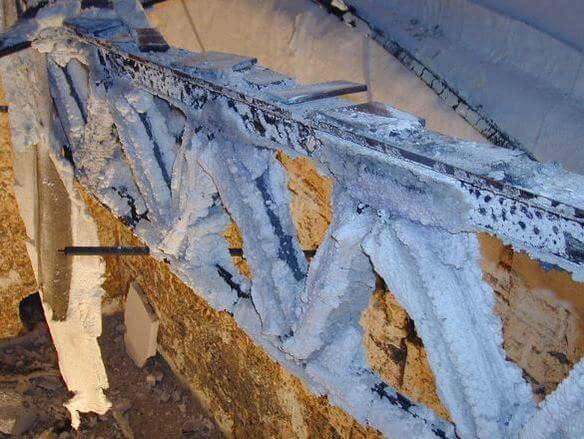
CRITICAL TEMPERATURE AND THE MASS FACTOR
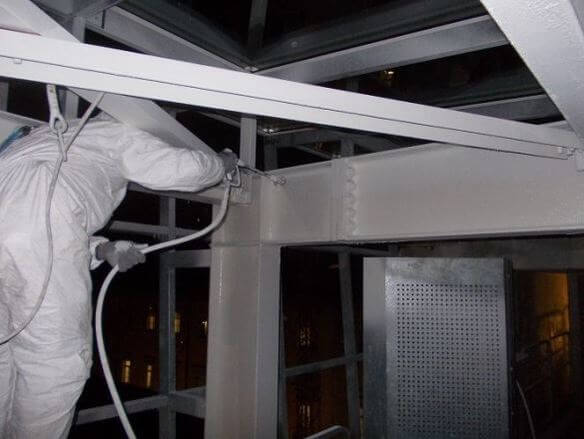
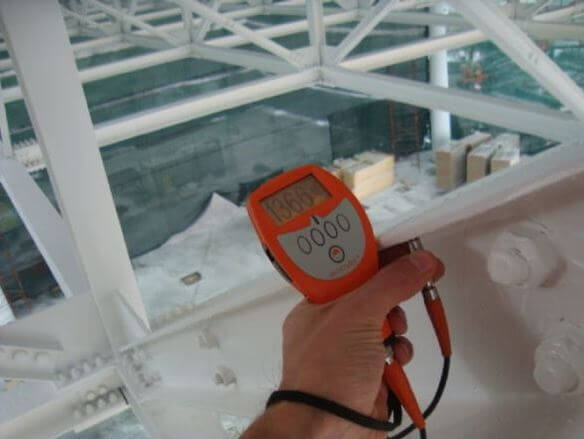
- Check the product
- Check the surface
- Check the application conditions and methods
- Check the properties of the intumescent system used
